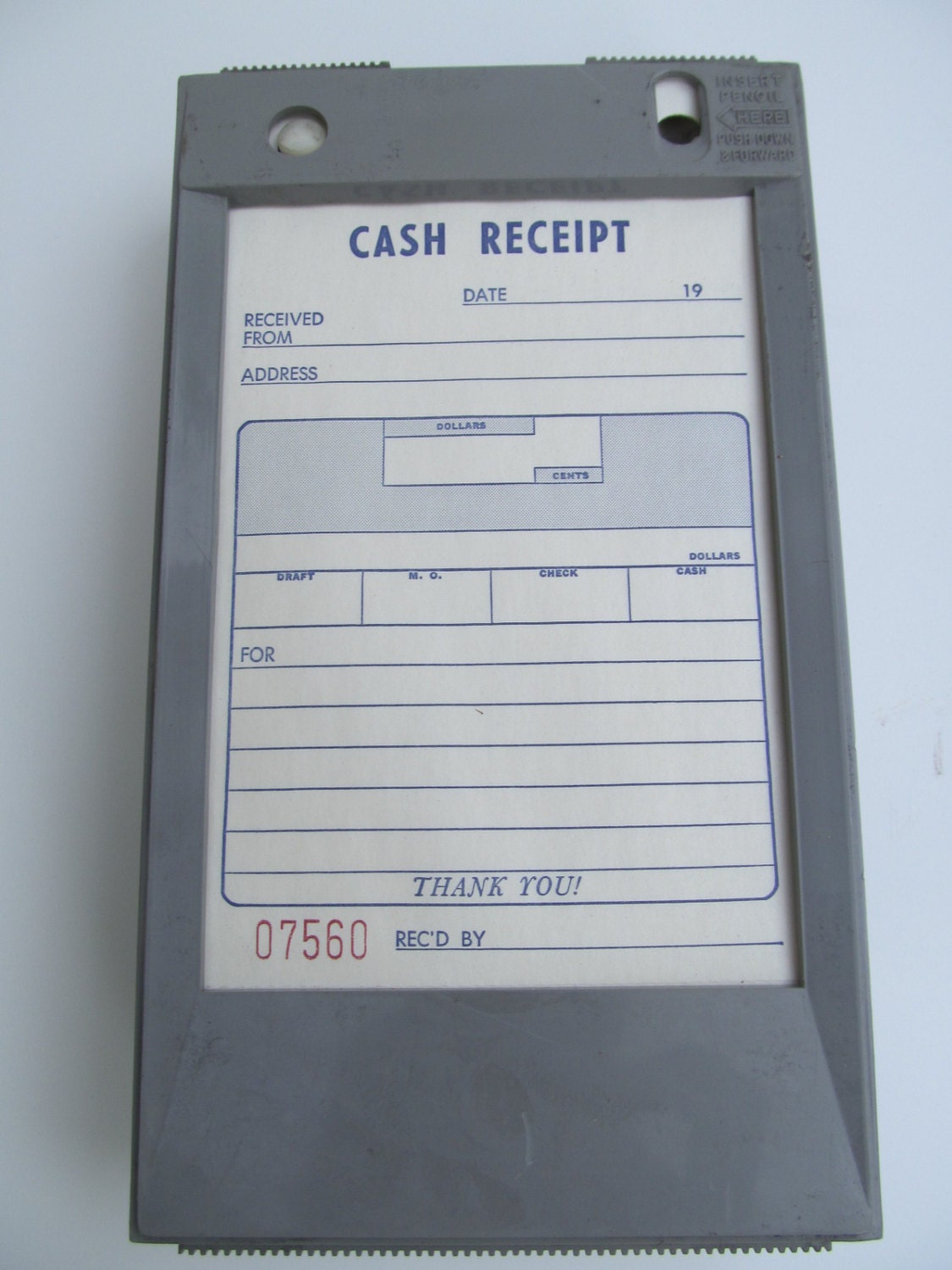
Show letter copying presses that were displayed at the 1851 Industrial Exhibition in London. Prices at that time were $6.50 for 9"x12" to $105 for Frost, New York, NY, and JohnĪlexander, New York, NY, offered Dolphin letter copying presses inġ866-68. James Watt copying press, 1780 patent diagramĪ number of US manufacturers, including E.W. 19, 1875, Frank Leslie's Illustrated Newspaper, Tilden's Message to the Legislature,Īlbany, NY, Mar.

Bedini, Thomas Jefferson and His Copying Machines, 1984.) In Bureaucracy (c.1830), a story set in Paris in 1823, Balzac wrote ofĪ government office worker who carried a handwritten memorandum "toĪn autographic printing house, where he obtained two pressed copies,"Īnd of another office worker who was "considering whether theseĪutographic presses could not be made to do the work of copyingĬlerks." The image to the left shows a copying press patented
CARBON COPY MACHINE PORTABLE
Using both stationary and portable presses made by James Watt & Co. Letter copying presses were used by the early 1780s by the likes of Benjaminįranklin, George Washington, and Thomas Jefferson. andĬompetitors produced portable devices contained in wood boxes similar in size and appearance to the lateġ9 th century Edison Mimeographs shown below in Plates 22 and 23. Washing machine, and a second model with a screw mechanism ( Plate 1).Īddition to such stationary presses, James Watt & Co. Patent illustrations include a press with two opposing rollers, like the wringer on an old Obtained a British patent for letter copying presses, which James Watt & In 1780, steam engine inventor James Watt None had a significant impact in offices. Invented between the mid-17 th century and the late 18 th century, but 206) Copying Machines Used to Make One or a Few Copies of JoAnne Yates reports that "the Du Pont CompanyĬontinued to use hand copy books through at least 1857." ( Control through Communications, 1989, p. The image of this scene to the right is from 1893.) Herman Melville's story Bartleby (1853)Ĭoncerns a lawyer in New York City who employed three male scriveners to copy Smaller that it looked like one coal." ( A Christmas Carol, 1843. Scrooge had a very small fire, but the clerk’s fire was so very much Might keep his eye upon his clerk, who in a dismal little cell beyond, a sort of tank, wasĬopying letters. Charles Dickens immortalized one suchĬlerk, Bob Cratchit: “The door of Scrooge’s counting-house was open that he Stools, while working at tall slant-top desks. Scriveners, men who typically stood, or sat on high Offices employed copy clerks, also known as copyists, This technology continued to be important through most of the Offices for decades after the first practical typewriter was marketed by Remington inĬentury, if an office wanted to keep a copy of an outgoing letter, a clerk had to write Indeed, heavy reliance on calligraphy continued in 6) With the invention of copying machines the steps to starting a business (and operating a business) were greatly reduced and made much more efficient.īefore the 20th century, correspondence was Letters are identified in a description of the New York Business College's course program: "All important letters or documents are copied in a letter-book or carbon copies made, and instruction is also given in the use of the mimeograph and other labor-saving office devices." ( The Stenographer, July 1895, p. Used in 1895 to make copies of outgoing letters and of circulars and form 1880) The technologies that were most commonly “Still Another Letter-Copying Process.” ( ManufacturerĪnd Builder, Feb.

Indeed, one article at the time was entitled They may need hundreds of copies ofįinal quarter of the 19 th century numerous competing technologies were They create to several interested parties. Sometimes they want to circulate copies of documents Typically they need a copy of outgoingĬorrespondence for their records. One copy of a document in a number of situations. Second image courtesy of the Museum of Business
CARBON COPY MACHINE UPDATE
Right: Minolta's update on copying machine advertising imagery. Left: Victoria copying machine, Le Bureau Moderne, 1913.


 0 kommentar(er)
0 kommentar(er)
